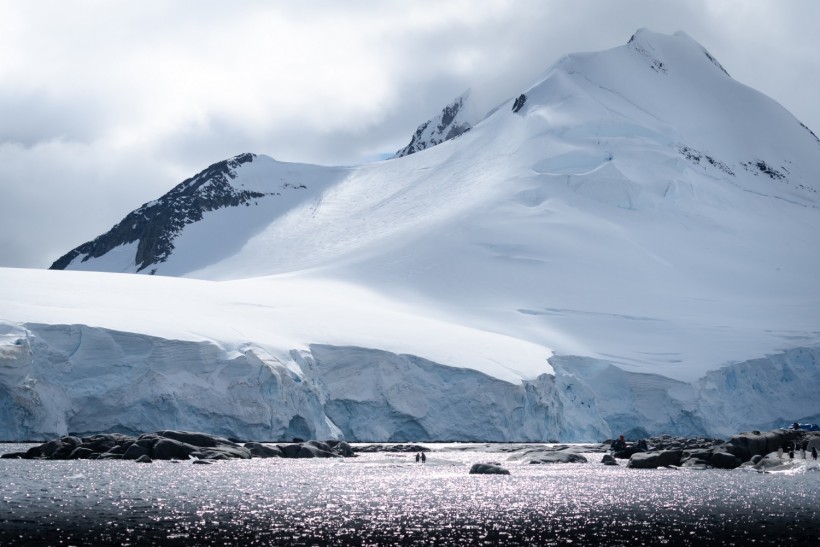Antarctica's wingless midge faces a potential threat as Antarctica's winter months become warmer. Belgica Antarctica, the continent's only native insect, can survive by freezing itself to push through the coldest and darkest winter months.
Based on the laboratory experiments, the warmer winters greatly impact the energy storage and movements of the insects. The impact can jeopardize its chance of reaching the summer season.

2 penguins having a romantic date in Antarctica
Antarctica's Only Native Insect Survival Tactic
Belgica Antarctica has a two-year lifecycle, including four edaphic larval stages. The growth and development of the larva take place during the short summer. In winter, the larva is encased in a substrate in a matrix of ice. The midst larva spends around nine months of the year and can survive temperatures as low as negative 15 degrees Celsius. At this point, the bodily fluids of the Antarctic midge have a reduction by 70%. The larvae can survive this temperature for a month as long as there is no oxygen.
Based on a study published by the Journal of Experimental Biology in 2019, the resilience of the flightless midge becomes possible through the combination of rapid cold hardening and slightly warmer temperatures in its underground habitat. Rapid cold hardening is a physiological process that allows animals to endure a freezing environment.
To assess the survival strategy of the insect, a field survey was conducted in 2018. The larvae were exposed to different temperatures, such as two degrees directly frozen plunged straight from 20 degrees to negative nine degrees.
In rapid cold hardening, the temperature adjusted from two degrees to negative five degrees for two hours, then for 24 hours, adapting to negative nine degrees.
Based on the findings, the insect bounced back from stress faster in the rapid cold hardening group than in the other group member.
ALSO READ: Mysterious Holes that Keeps Opening Up in Antartica
Belgica Antarctica Extinction Threat as Temperature Rises
The Antarctic Peninsula's temperature steadily increases by half a degree per decade. The higher temperature rises precipitation, which also increases the snow. When it happens, the peninsula will have thicker insulation and a lesser chance of winter freezing. Take note that the peninsula is the midge's habitat, and the temperature changes can affect the larva's survival.
To see the effect of temperature change on the larva, a team of scientists sent the midge to a laboratory. Data scientists examine designs of movement and tissue damage of the survivors. They also checked for its energy storage.
Based on the result, a two-degree Celsius increase in winter temperature reduces the survival of the insect. It also decreases the energy needed by the larvae to develop and reproduce.
"These results correspond with locomotor activity levels, where larvae from the warm winter regime were slowest, potentially due to energy drain," the researchers said.
"With limited time before pupation after winter, and as adult B. Antarctica lacks functional mouthparts, energy store depletion during late larval instars would likely have irreversible consequences on the energy available for reproduction."
RELATED ARTICLE: Antarctica's New Heat Record Confirmed: UN Verifies High Temperature at 64.9 Fahrenheit
Check out more news and information on Environment in Science Times.














